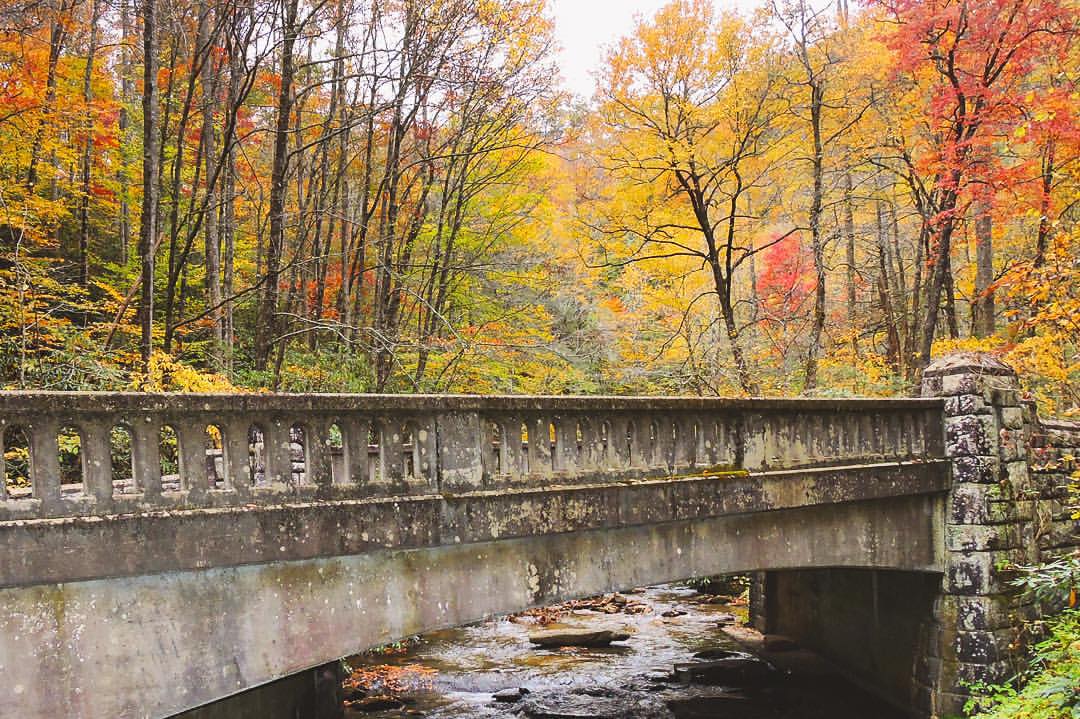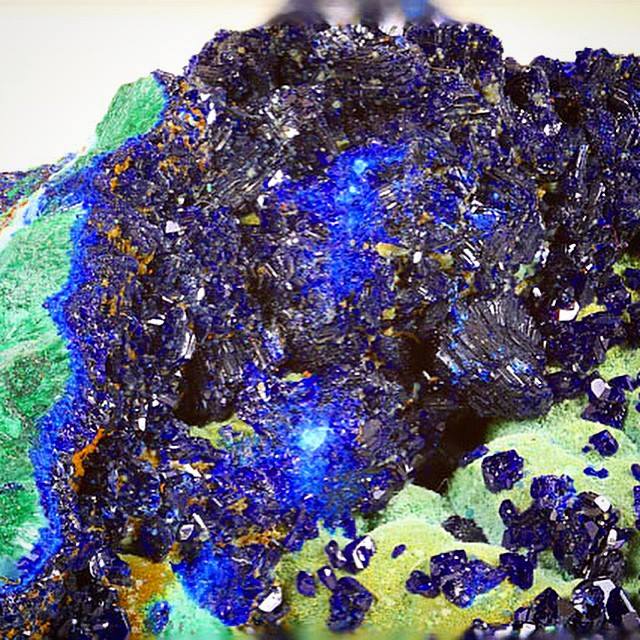
This flower is endemic to granite outcrops in Georgia, Alabama and the Carolinas. These are unusual and widely distributed habitats, which are home to many rare plants. These flowers thrive on sunshine and intermittent drought, growing at times literally out of the rock.
It is officially named Porter’s Sunflower, for Thomas Porter who discovered the plant in 1846. Each plant has 5 or more flower heads, and each of these has many florets. I shot this single plant on its granite crevice to give a sense of the flower in its inhospitable habitat. It was clinging to this small boulder, growing in less than an inch of soil.
Each year it must race to complete its lifecycle since it is an annual. Seeds usually germinate in March, and the plant grows through hot and dry summers to flower in fall. This was about 2 feet tall, though I saw several which perhaps were growing in better microhabitats reaching up to 3 feet high. Unlike some plant species sharing these habitats it is not endangered, and has even been developed as a garden plant for specialized situations. However, given its extreme rarity scientists are keeping an eye on these flowers since development and quarries have reduced their habitat. I would enjoy having these sunflowers filling my yard with a sea of yellow in the fall, but don’t happen to have any granite outcrops in my yard. Maybe in another million years of geology in action I can grow them.



